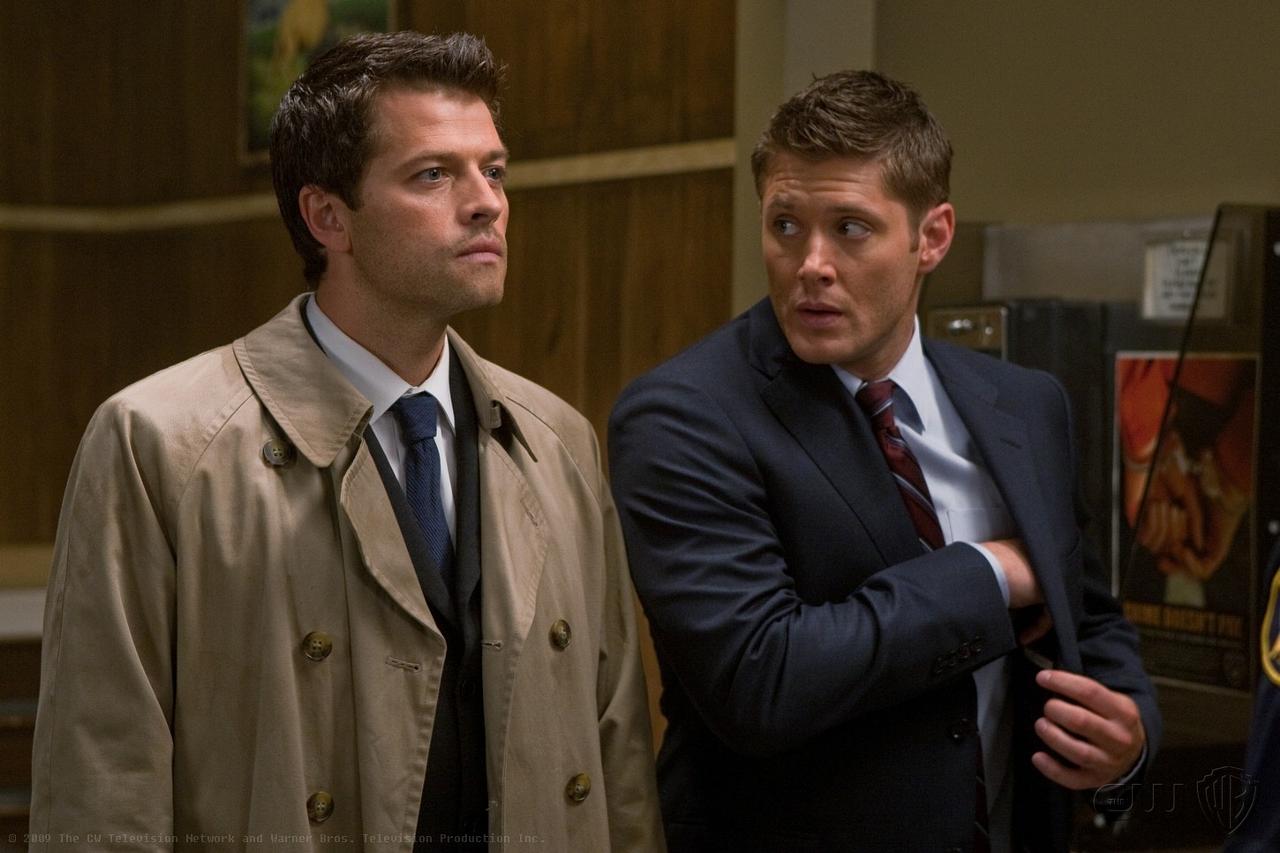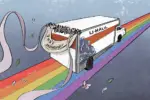Two opposite-sex characters have a scene where they’re smiling at each other and walking to class? Definitely fucking. Two same-sex male characters die for each other, profess their need for each other and have others call them “boyfriends”? Best friends, obviously.
Whether the homoerotic subtext is dismissed as yaoi fanfiction or written off as “actors’ chemistry,” on-screen characters have had their sexualities pigeonholed for decades. If they’re heterosexual, then their sexual orientations are hardly discussed, or rather, they’re assumed.
With homosexual characters on the other hand, large swaths of plotline and character development are dedicated to mining their sexual proclivities. The end result is a fetishizing of gay relationships, in which screenplays put an undue focus on the sex lives of gay characters, while assuming that all inexplicitly gay characters are hetero.
Which all leads me to ask, “Why make it straight in the first place?” Older generations are comfortable watching relationships bud between a (conventionally attractive, white, middle class) guy and girl, but they tend to ignore the heavily-implied romantic undertones of the two male background characters. Why isn’t this idea challenged? Why are directors and screenwriters too scared to confirm a relationship, past or present, between two people of the same sex?
Ultimately, it all revolves around the question of why. Why do people assume that the default setting of sexuality is hetero? The fallout from making that assumption comes when characters stray from that default, because then film and TV media fixate on how gay they are.
Try to name the last movie you saw that focused on a gay character, but didn’t focus on their sexuality or relationships. Oooh, they’re gay? Yes tell me more about how that thing works out—ignore their life goals and problems and more consequential issues—let’s hear more about the banging. Why hello, ratings.
At the same time, I’m not trying to dismiss the queer films we have today – considering the stigma gay culture has endured, it must have taken a hell of a lot of courage just to make anything. Gay movies are great. Gay shows are a thing now. But what’s the point of representation if the characters’ orientations and relationships are the only focus?
I just want to go on Netflix, find a title under the action genre and have a blasé same-sex pairing at the end. How sick would that be? A witty, sarcastic, film about a government conspiracy that ends with two girls finding the cure to the zombie apocalypse, then having the two of them turn to each other and make out. If a studio made a movie like that, without sexualizing the girl-on-girl action, leaving it just as nonchalant as you would with a hetero pairing, they might find themselves overwhelmed with the LGBTQ+ support.
It may sound hypocritical, vying for actual gay characters while shaming audiences for caring about their sexual orientation, but the perception that audiences are scared of change is a paralyzing problem within the film industry. All the LGBTQ community asks for is valid representation—not your college-phase romcoms, or your pornographic sex scenes confirming how “fun” and “free” some character is—no, just your average good story coupled with some real-life homosexuality.
Some shows even do this shit for fun. “Queerbaiting” is when TV shows imply, insinuate or heavily allude to the possibility of a same-sex couple to attract gay audiences. It’s a manipulation tactic of sorts, designed to get viewers into a show because of the subtext between two characters, only to crush their hopes and dreams when they end up going for the “safe” route (*cough* “Supernatural” *cough*).
Although there’s always hope for a show to end up surprising us all (hello, season 12), it’s unlikely to result in anything substantial between the two main characters, as it’s asserted time and again that the gay couples are there for comic relief and creating awkward situations (unwanted attention or flirting, assuming partners to be siblings, assuming siblings to be partners, etc.).
I’m not usually the one to take the pessimistic route, but on this one—let’s just say that we can hope, pray, beg and write, sure, but when push comes to shove, it’s what the creators are willing to do with their characters, what they’re willing to accomplish in the show and what barriers they’re alright with breaking down.
I take pride in the shows I watch and the representation they give to a variety of characters, because a cast with even a handful of queer, minority or disabled individuals helps spread awareness to their struggles. Shows like this normalize these disparaged groups, which leads to them eventually feeling safer, more valid and more included.

















Gender confusion is a minuscule percentage of the population, so why does EVERY storyline need a gay sub-story?
[…] explicitly mentioned in the story, the reader will generally assume that the character is white, straight, and […]
[…] explicitly mentioned in the story, the reader will generally assume that the character is white, straight, and […]
[…] in many cases, these same characters are not explicitly heterosexual either. In essence, the demand for performative queerness allows the “default heterosexual” […]